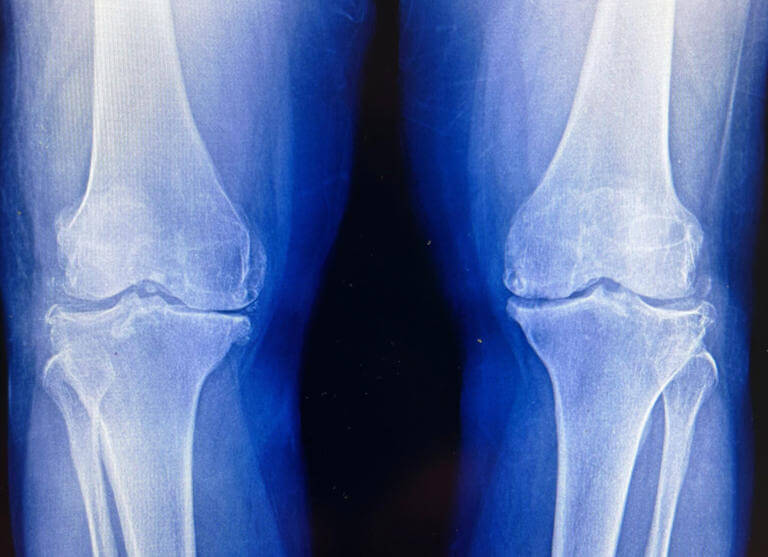Here's why women have colder hands and men have bigger noses
Tue 20 Feb 2018, 17:01:31

It turns out that the real reason women love holding hands is to do with basic physiology.
A Cambridge University study revealed last week, that's because women's hands tend to suffer the cold more than men's.
According to the study, it's all down to muscle tissue, of which men generally have more than women do, and which is largely responsible for generating the body heat that keeps us warm.
Stephanie Payne was the lead author of the study.
It turns out that some of the old-battle-of-the sexes clichés are actually true. Here are a few:
Men's noses are bigger: Even if a woman and a man are physically the same size, the man's nose is on average 10 per cent bigger.
It turns out that men's bodies need more oxygen, so they grow bigger hooters in order to suck it all in. A study in 2013 by Nathan Holton, a professor of orthodontics found that boys' skulls went through a growth spurt during puberty and begin to grow more lean muscle mass, while girls grow more body fat mass.
Lean muscle requires more energy - in the form of oxygen - for building and maintenance than body fat, explaining the need for boys to suddenly need more air.
Women smell better: Women's noses may be smaller, but their brains can read much more from the air they do breathe in. According to Brazilian researchers, women have more than 40 per cent more cells in the olfactory bulb. In 2014, a team from the Federal University of Rio de Janeiro studied the brains of deceased adults and found that while men had some 9.2 million cells in their olfactory bulbs, the women had around 16.2 million.
According to science, women evolved this trait to choose mates for reproductive purposes - by detecting subtle changes in men's testosterone levels that indicate how fit, strong and healthy they are.
Women see more: Women are generally significantly better at discriminating between
subtle differences in colour hues, according to 2012 research led by Israel Abramov, a professor of vision at the City University of New York.
subtle differences in colour hues, according to 2012 research led by Israel Abramov, a professor of vision at the City University of New York.
Interestingly, men are also far more likely to have some form of colour blindness. The disorder usually has a genetic component and is rarely found in women.
Abramov's research also found that men are much better at spotting subtle movement than women.
This is linked to greater numbers of specialised neurons in the visual parts of men's brains, and is thought to be an evolutionary development that gives them an advantage when hunting.
The backbone: It turns our that humans are the only species where the sexes have differently shaped spines. It puts millions of women at risk of the bone-thinning disease osteoporosis. Biologists say that women's bodies have evolved this way because only a thinner spine enables them to carry a pregnancy while at the same time walking upright.
Specifically, the uniquely slim dimensions of a woman's backbone allow her to shift weight around during pregnancy.
No ear for conversation: Numerous studies have shown that women's hearing works better than men's - and the difference becomes greater with age.
One theory suggests that men tend to listen with only one side of their brains, while women use both. This is according to a study by Indiana University which scanned the brains of 40 men and women and analysed activity in the temporal lobes - the area of the brain linked to listening and speech.
Most of the men only showed activity in the left temporal lobe, while most of the women showed activity on both sides of the brain.
This is especially revealing because the right temporal lobe is traditionally associated with performing music and understanding spatial relationships, meaning the scan results indicate that women's brains may be more engaged emotionally while listening.
No Comments For This Post, Be first to write a Comment.
Most viewed from Health
AIMIM News
Latest Urdu News
Most Viewed
May 26, 2020
Can Lionel Messi's visit boost Indian football?
Latest Videos View All
Like Us
Home
About Us
Advertise With Us
All Polls
Epaper Archives
Privacy Policy
Contact Us
Download Etemaad App
© 2026 Etemaad Daily News, All Rights Reserved.

























.jpg)
.jpg)
.jpg)


